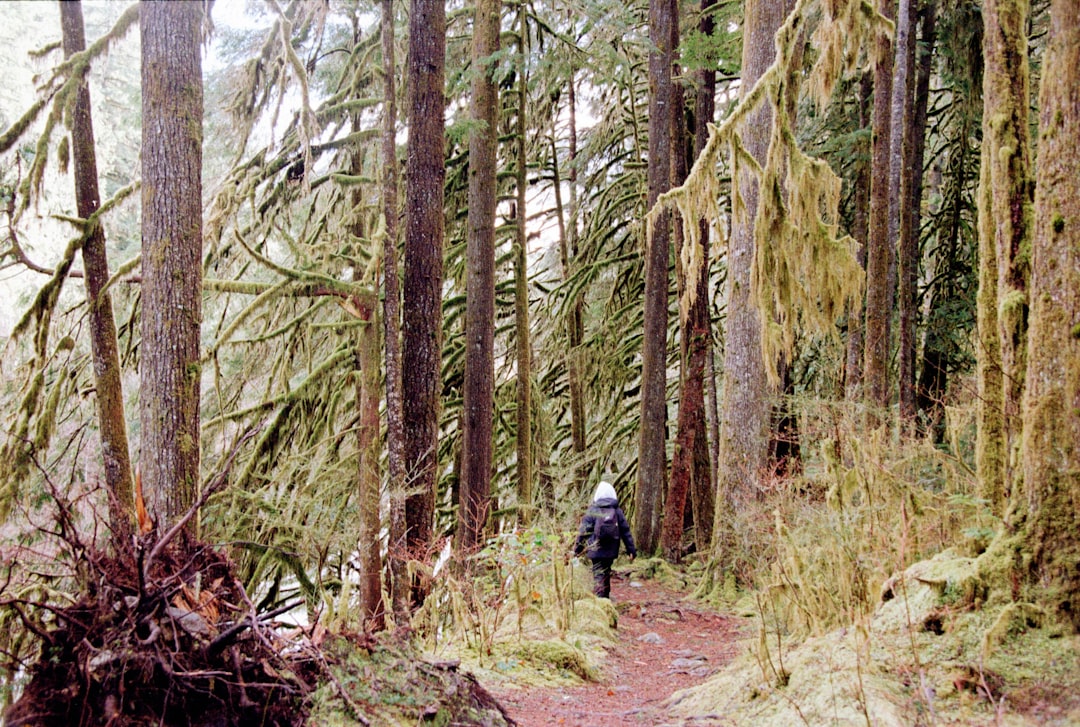Unleashing the Beauty of Southern Gardens with Native Plants

When it comes to gardening in the South, selecting the right plants is crucial for a thriving and beautiful landscape. Native plants are the hidden gems that can transform your Southern garden into a haven of natural beauty. These plants have adapted to the local climate, soil conditions, and pests over time, making them well - suited for the unique environment of the South.
One of the significant advantages of using native plants in your Southern garden is their low - maintenance nature. Since they are already accustomed to the local climate, they require less watering, fertilizing, and pest control compared to non - native species. This not only saves you time and effort but also makes your garden more eco - friendly. For instance, the Southern Magnolia (Magnolia grandiflora) is a classic native plant. It is an evergreen tree that can reach impressive heights, with large, fragrant white flowers that bloom in the spring and summer. The glossy, leathery leaves provide year - round interest and can serve as a beautiful backdrop for other plants in your garden.
Another excellent choice for Southern gardens is the Black - eyed Susan (Rudbeckia hirta). This perennial wildflower is known for its bright yellow petals with a dark center, which resembles an eye. It blooms from mid - summer to fall, attracting butterflies and other pollinators. Black - eyed Susans are very hardy and can tolerate a wide range of soil conditions, from sandy to clay. They are also drought - tolerant once established, making them a great addition to any low - maintenance Southern garden.
The Eastern Redbud (Cercis canadensis) is a small deciduous tree that is native to the South. In early spring, it bursts into a profusion of pink or purple flowers before the leaves emerge. The heart - shaped leaves turn a beautiful yellow in the fall, adding seasonal color to your landscape. Eastern Redbuds prefer partial shade but can also tolerate full sun, making them versatile for different garden settings.
For ground cover, the Creeping Phlox (Phlox subulata) is a fantastic option. It forms a dense mat of colorful flowers in the spring, with shades ranging from pink and purple to white. Creeping Phlox is drought - tolerant and can thrive in poor, rocky soil. It is ideal for covering slopes, rock gardens, or the edges of walkways, adding a splash of color and texture to your garden.
When planning your Southern garden with native plants, it's important to consider the different layers of your landscape. Start with taller trees like the Southern Magnolia or Eastern Redbud as the backbone of your garden. Then, add shrubs and perennials like the Black - eyed Susan to fill in the middle layer. Finally, use ground covers like Creeping Phlox to complete the look and prevent soil erosion.
Grouping plants with similar water and sunlight requirements together is also a smart strategy. This ensures that each plant gets the right amount of care and resources, promoting healthy growth. For example, plants that prefer full sun, such as the Black - eyed Susan, should be planted together in an area that receives at least six hours of direct sunlight per day. On the other hand, plants that prefer partial shade, like the Eastern Redbud, should be placed in a spot where they are protected from the intense afternoon sun.
In addition to their aesthetic appeal, native plants play a vital role in supporting the local ecosystem. They provide food and habitat for native wildlife, including birds, butterflies, and bees. By choosing native plants for your Southern garden, you are contributing to the conservation of the local environment and helping to maintain the delicate balance of nature.
To get started with your native plant garden, visit a local nursery that specializes in native plants. The staff can offer valuable advice on which plants are best suited for your specific location and garden conditions. You can also consult gardening books or online resources that focus on Southern gardening. With a little planning and care, you can create a beautiful, low - maintenance, and eco - friendly Southern garden using native plants.
In conclusion, native plants are the key to unlocking the full potential of your Southern garden. Their beauty, adaptability, and environmental benefits make them the perfect choice for any gardener in the South. So, roll up your sleeves, get your hands dirty, and start creating a garden that is not only a feast for the eyes but also a haven for native wildlife.